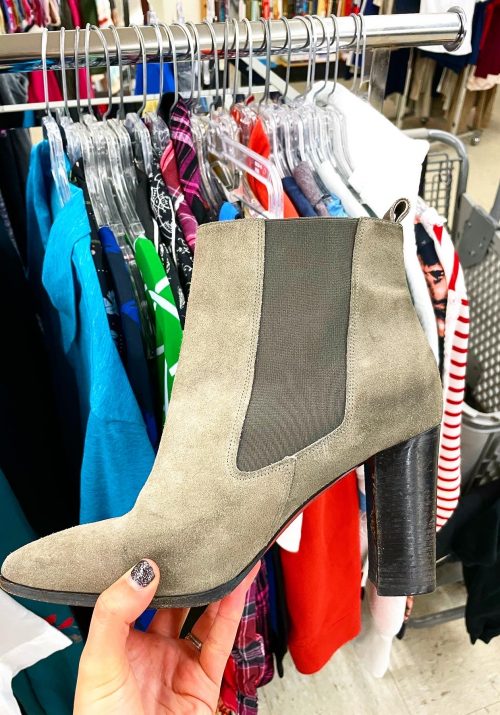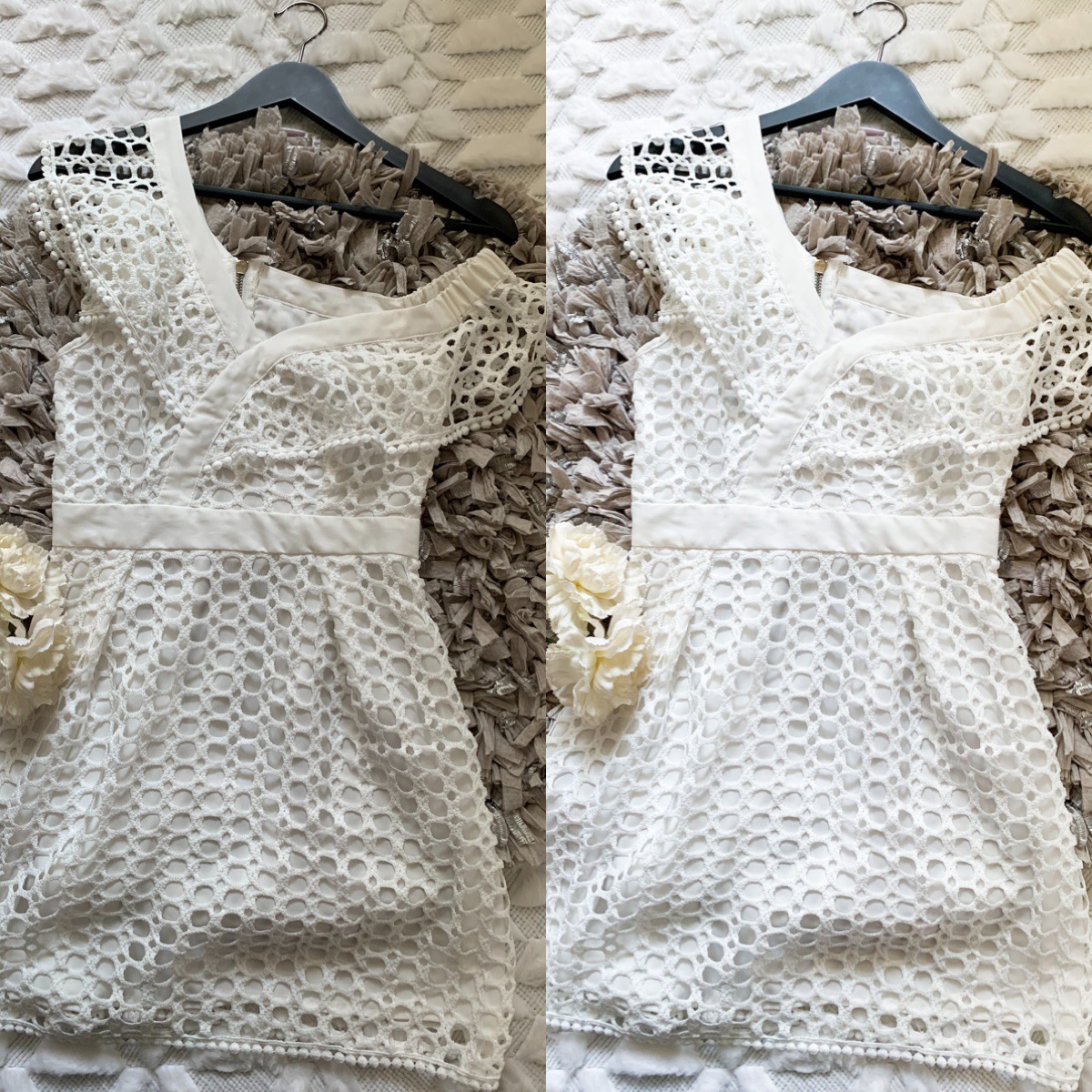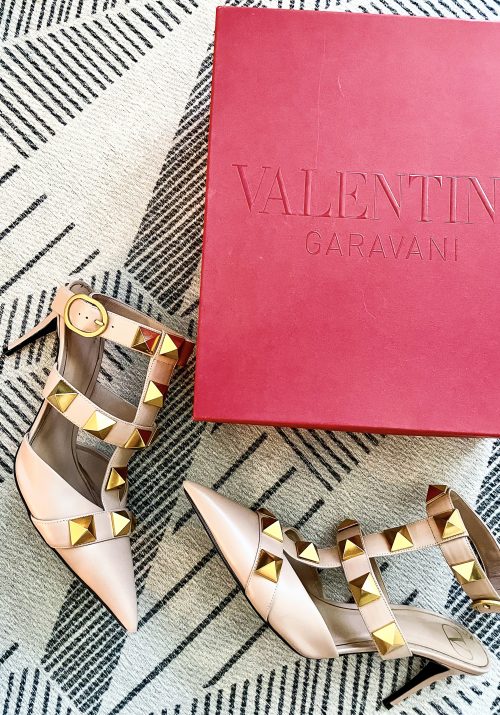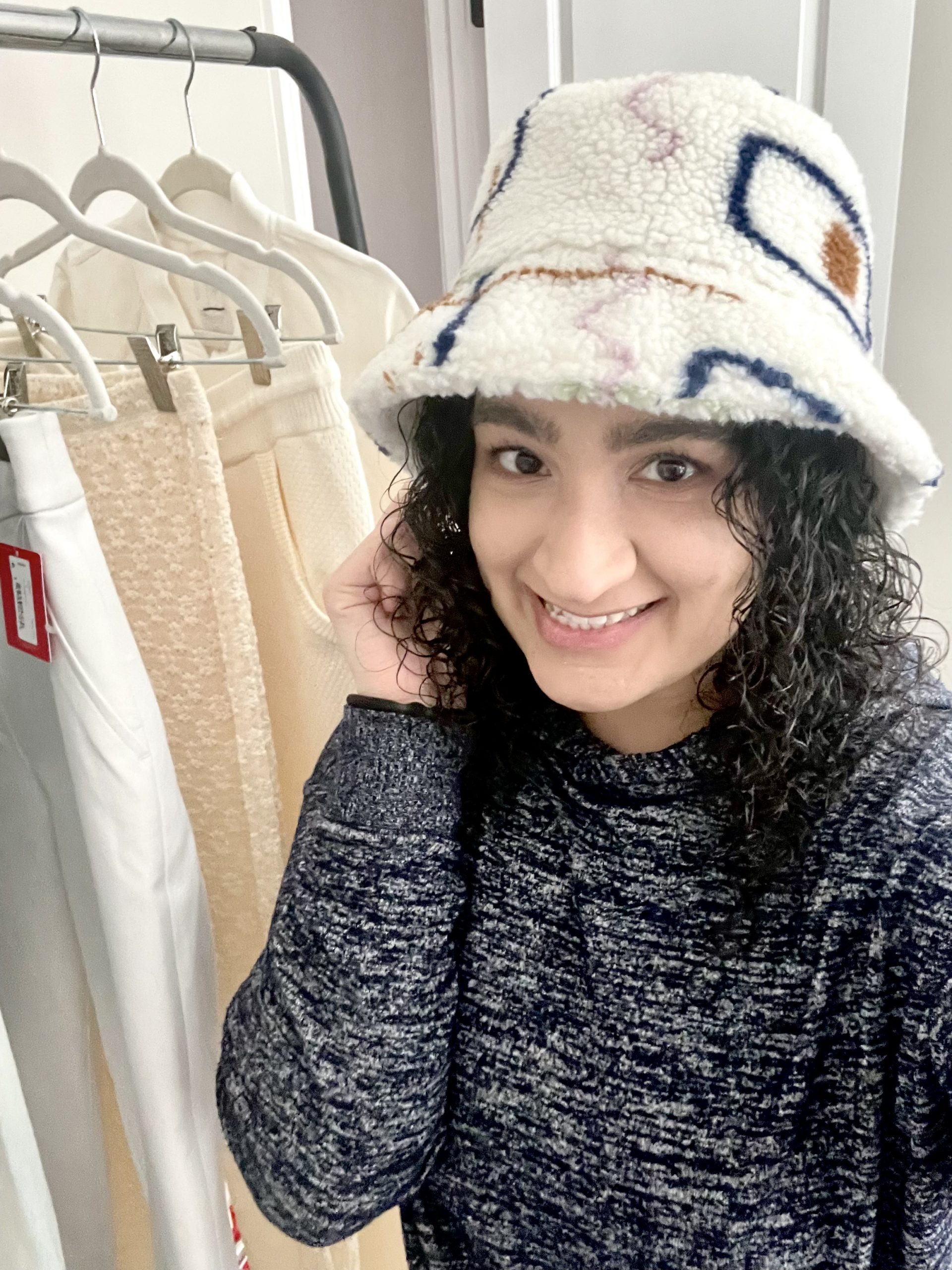
When you scroll through social media, do you ever feel like you cannot keep up with the latest fashion trends? Compared to previous decades, styles are now changing quicker than ever thanks to social media platforms such as TikTok and Instagram. In recent years, microtrends have emerged and have proven to be a game-changer for the fashion world. Trend cycles are now much shorter and fast-fashion has taken on the challenge of keeping up with these microtrends faster than ever before. Today, I wanted to share with you some insight on microtrends, how they are changing the fashion industry, and how they impact resellers now more than ever before.
What are Microtrends?
A microtrend is a cycle of a short-lived trend that rises to popularity sooner and leaves the trend cycle faster than previously established Laver’s Law. Prior to the rise of microtrends, Laver’s Law has been the go-to tool to predicting fashion trend cycles. This law was created by a Victoria and Albert’s museum curator in the 1930’s who determined that fashion follows a 20-year cycle. During this cycle, an item will become popular and then decline until 20 years later when it will be repeated by a new generation. A recent example of this would be the Y2K fad that began emerging around 2020, 20 years after its’ original release.
The Life Cycle of a Trend and How Mictrotrends Are Changing Fashion
In order to better understand microtrends, we should look at the traditional life cycle of a trend:
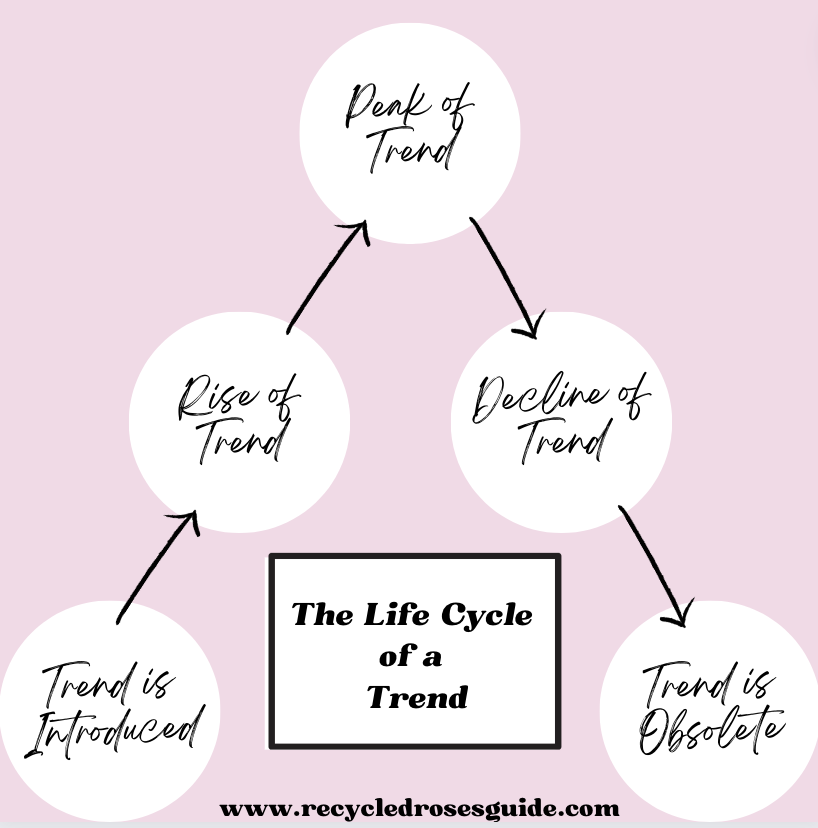
As the diagram above illustrates, a trend is first introduced and slowly begins its’ rise in popularity. After it hits its’ peak, it starts to decline in popularity and eventually becomes obsolete. This cycle will typically take many months or even years to run from start to finish.
So… where do microtrends fit into all of this?
Microtrends are disrupting already established trend cycles by causing trends to go through this cycle quicker than ever before. These trends are reaching their peak sooner and leaving the trend cycle faster. This is occurring because of how trends are cycling on social media platforms with the biggest contributor being TikTok.
How Social Media is Shaping the New Trend Cycle
In order to better understand this, we need to explore how social media platforms shape these microtrends, specifically through TikTok. If you have ever been on TikTok, then you probably have heard about all of the silly “-core” trends that defined fashion in 2023. Some examples of these -core microtrends include: Cottagecore, Balletcore, Gorpcore, Barbiecore, and Europecore. These trends are not new or original but instead are a repackaging of existing aesthetics and looks with quirky names that people will enjoy talking about.
The microtrend cycle on social media follows a similar pattern to the traditional trend cycle. First, a term or fad will become popular on a social media platform (i.e. TikTok) and a fashion personality or influencer will discuss it. Once the fad has had its’ “moment”, it is no longer talked about on social media and has lost popularity among users. Unlike traditional trend cycles, microtrend cycles can start and end within a matter of days and weeks. Once the cycle ends, it immediately repeats itself with a new trending term or fad.
Why Microtrends are Problematic
One of the biggest industries benefiting from the rise of microtrends is fast-fashion. Microtrends have ramped up the fast-fashion cycle and many brands are capitalizing off of them. Although some microtrends have encouraged people to buy clothes secondhand and style their existing wardrobes in new ways, most of these microtrends are contributing to hyper-consumerism, overconsumption, and increased waste levels. Since there are shorter trend cycles for microtrends, fast-fashion has to keep up with consumer demand for each new microtrend. As a result, companies will create cheaper products to meet their newfound demand. Once the microtrend is no longer popular, people discard these lower quality products and buy new ones allowing the cycle to repeat itself.
Not only does this pattern negatively affect the environment but it also affects the psychology of consumers. Many times when a consumer buys a new item, they are excited about their purchase and have positive feelings toward the item that they bought. However, over time the feeling wears off but people have managed to habituate their shopping behaviors in the process. As Carolyn Mair, the author of The Psychology of Fashion once said, “The desire to buy trend after trend isn’t about attention span- it is about habituation.” Fast-fashion companies are paying attention to these consumer behaviors and are running their businesses accordingly.
How Microtrends Are Impacting Resellers
Due to the nature of microtrends, it can be very difficult for resellers to both source and sell inventory. If a reseller predominantly sources at secondhand stores, they might have difficulty finding quality pieces among the ocean of SheIn and Forever 21 items that are commonly found in most of these stores. Thrift stores are slowing becoming the microtrend graveyard as people are donating these items only to buy the next big TikTok trend. Additionally, due to how microtrends cycle, it can be really hard to sell items, especially if the items that you are selling belong to a specific trend or aesthetic. The reality is that the reselling world is becoming much more difficult to navigate. Many consumers would rather shop at a store like SheIn or places with cheaper prices, especially if they don’t plan on wearing the item for a long period of time. Reselling platforms are trying to combat this with live shows and auctions where people can buy items for cheaper prices but that is not fully resolving the issue.
My Updated Reselling Plan for 2024
By understanding how microtrends work, it can be a lot easier to figure out how to navigate this new fashion landscape as a reseller. I’m going to share with you how I plan on using this information to restructure my reselling business moving forward. First and foremost, I believe that my focus should not heavily based on microtrends. The microtrend cycle is so short that by the time a seller lists an item, the microtrend could be over and then the seller is then left with inventory that has a lower chance of selling. Instead, I believe that my time and money is better spent on classic pieces and trends that will experience a longer trend cycle. For example, instead of spending a large amount of my reselling budget on pieces for the “quiet luxury” trend, it might make more sense for me to spend my money on higher quality pieces with clean lines and focus on larger trends such as straight or wide leg style denim. By doing this, I will appeal to a larger group of buyers and hopefully have more of an opportunity to sell the item before the trend loses popularity.
I hope that you find this post helpful! If you have any questions or just want to chat, please reach out!
If you don’t already, be sure to check out my Instagram for more Reselling Tips at @ RecycledRosesGuide (Click HERE) and my Facebook page HERE.
You can instantly shop all of my looks by following me on the LIKEtoKNOW.it shopping app HERE.
To get email notifications for my next blog post and to receive my monthly Reseller Recap (with freebies), sign up for my emails below:
Baci,

